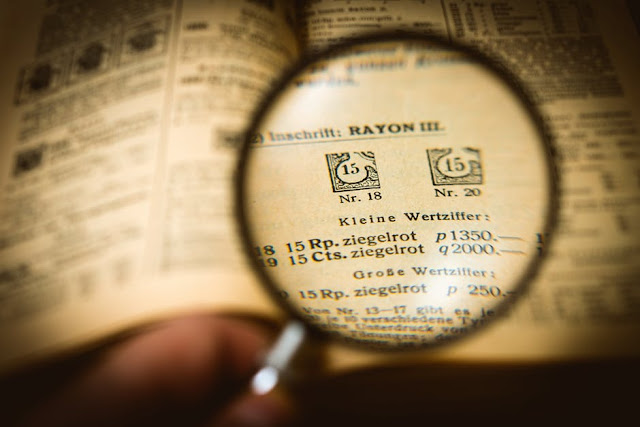How Your Brain is Like a Snowflake

No two human brains are exactly alike. Or at least, that’s
what neuroscientists have generally assumed.
After all, consider the highly specific combination of
genetic intermixing that makes up your DNA. Consider neuroplasticity—how easily
the brain can wire itself based on past experiences. Learning how to navigate a
complicated city, mastering the violin, even keeping your arm in a cast for two
weeks all leave an indelible mark on your gray matter. Now consider the
tremendous variation in experiences, even among siblings of approximately the
same age, growing up in the same family.
However, short of scanning every single brain out there, how
can we reasonably conclude that brains truly follow the snowflake model of
uniqueness?
Five researchers at the University of Zurich recently took
up the task: Seyed Abolfazl Valizadeh, Franziskus Liem, Susan Mérillat, Jürgen
Hänggi, and Lutz Jäncke. They chronicled their results in the descriptively titled
(if not particularly catchy) paper, “Identification of individual subjects on
the basis of their brain anatomical features.”
These researchers examined MRI brain scans from 191
subjects. The subjects were all right-handed, generally healthy, and between 64
and 84 years old (at least at the start of the procedure), with no history of
neurological or psychiatric problems.
To measure and quantify variations among brain structures,
the team pinpointed 450 different brain features to look at and used a new
mathematical algorithm to track them all. If the individuals they studied truly
hosted a unique amalgamation of brain matter, it would probably be possible to
differentiate them based on these 450 points alone. The researchers then developed a software
pipeline (BrainPrint) to classify the various different brain scans.
So, what was their track record, based on 450 different data
points across 191 brains? Using the software, the team was able to classify 99.8%
of subjects, with no information beyond the scans.
“Based on their results,” the team writes, “the authors
conclude that human brain structures are unique to individuals and can be used
for subject identification.”
Essentially, you carry in your head a sort of
autobiographical portrait, made up of a lifetime of brain activity—the sum of
millions of decisions, thoughts, catastrophes, recoveries and feelings. How
will you paint yours?
Check out Robb’s new book and more
content at www.bestmindframe.com.




Comments
Post a Comment